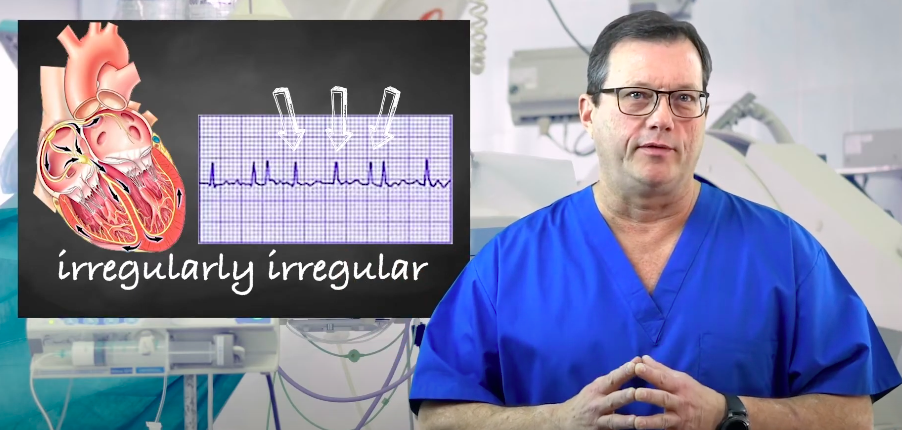Asystole and Pulseless Electrical Activity Algorithm
ACLS Certification Association videos have been peer-reviewed for medical accuracy by the ACA medical review board.
Article at a Glance
- PEA and asystole are nonshockable rhythms.
- Upon identification of PEA or asystole, clinicians immediately start high-quality CPR, beginning with chest compressions.
- Epinephrine is the only drug used to treat PEA and asystole.
Adult Cardiac Arrest Algorithm
Read: Reversible Causes of Cardiac Arrest: Hs and Ts
Pulseless electrical activity (PEA) and asystole are nonshockable rhythms.1 When a cardiac arrest patient presents with either, CPR is started (or continued) immediately, beginning with chest compressions. It continues for 2 minutes before another rhythm check is repeated. Cardiac asystole is also known as cardiac flatline. There is no electrical activity in the heart. Key Takeaway For PEA and asystole, epinephrine should be administered as early as possible after beginning CPR. If the patient presents with an organized rhythm after two minutes of CPR, clinicians perform a pulse check. If a pulse is felt, clinicians proceed with post-cardiac arrest care2 (go to the Post-Cardiac Arrest Care section of this course). Healthcare clinicians must switch places after two minutes of CPR to prevent fatigue, leading to ineffective compressions.3 Clinicians should refer to mechanical and physiological parameters, such as ETCO2, to ensure high-quality CPR. At this point, Intravenous or intraosseous access for medication and advanced airway placement with waveform capnography should be considered. Epinephrine 1 mg (1:10,000 solution) is administered. It is the only drug administered for asystole and PEA.Treatment of Asystole and PEA

Related Video – What is PEA?
Related Video – ECG Rhythm Review – Asystole
If a patient presents with a PEA or asystole, clinicians should immediately begin high-quality CPR, starting with chest compressions. Clinicians administer CPR for two minutes before checking for a pulse. The only drug clinicians should administer for asystole or PEA is epinephrine. PEA and asystole are nonshockable rhythms. Defibrillation is not indicated. Summary
More Free Resources to Keep You at Your Best
Editorial Sources
ACLS Certification Association (ACA) uses only high-quality medical resources and peer-reviewed studies to support the facts within our articles. Explore our editorial process to learn how our content reflects clinical accuracy and the latest best practices in medicine. As an ACA Authorized Training Center, all content is reviewed for medical accuracy by the ACA Medical Review Board.
1. Tony I. Oliver; Usama Sadiq; Shamai A. Grossman. Pulseless Electrical Activity. National Library of Medicine. 2022.
2. American Heart Association. Adult Basic Life Support. 2010.
3. Jesse Borke, MD, FACEP, FAAEM; Chief Editor: Kirsten A Bechtel, MD. Cardiopulmonary Resuscitation (CPR). Medscape. 2021.
